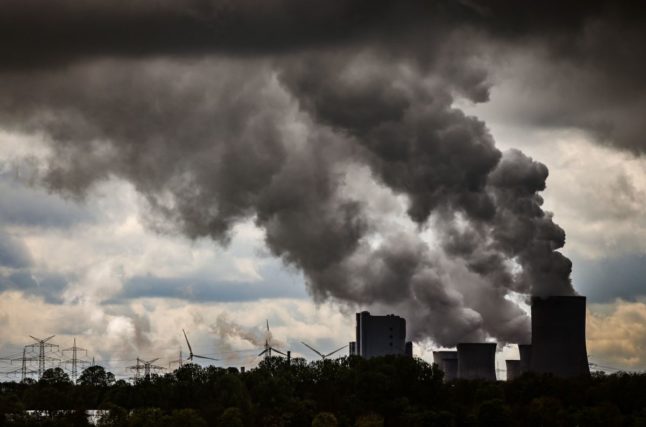Hundreds of thousands of fans are set to watch the game on huge outdoor screens, known as “public viewings”.
But a weather front called Michaela, which was above Bavaria on Tuesday morning, has moved north bringing lots of rain, as well as thunder and lightning.
A storm hit Berlin at around 4pm, felling trees.
Quite a storm – tree already felled by lightning in our neighbourhood – go easy out there folks! pic.twitter.com/UDT7QSFtrE
— Slow Travel Berlin (@slowberlin) July 8, 2014
A spokesman for Berlin’s Fanmeile, which holds 100,000 football supporters along the Straße des 17. Juni by the Brandenburg Gate, earlier said they had no plans to cancel the event. But hours later the Fanmeile was closed. It reopened again shortly before 6pm.
CLICK HERE for the forecast where you are
The state weather service, the DWD, warned of “repeated thunderstorms”, heavy rain and hail in the north.
“Conditions for outdoor screenings tonight are not good, particularly east of the Elbe,” forecasters said. “Screenings in the south-west could also get wet, as showers are expected everywhere.”
But organizers of Germany’s biggest public viewings earlier said they were undaunted.
“At the moment everything is going ahead as planned,” a spokesman for the Fan-Arena in Hamburg, which holds 50,000 people, told The Local on Tuesday afternoon. “But we can make a decision later [if the weather worsens].”

The wettest weather is expected in central and eastern Germany, where 20 to 25 litres of rain could fall per square metre in six hours.
More thunderstorms are expected on Wednesday in Berlin and the east, before summer returns for the weekend.





 Please whitelist us to continue reading.
Please whitelist us to continue reading.
Member comments